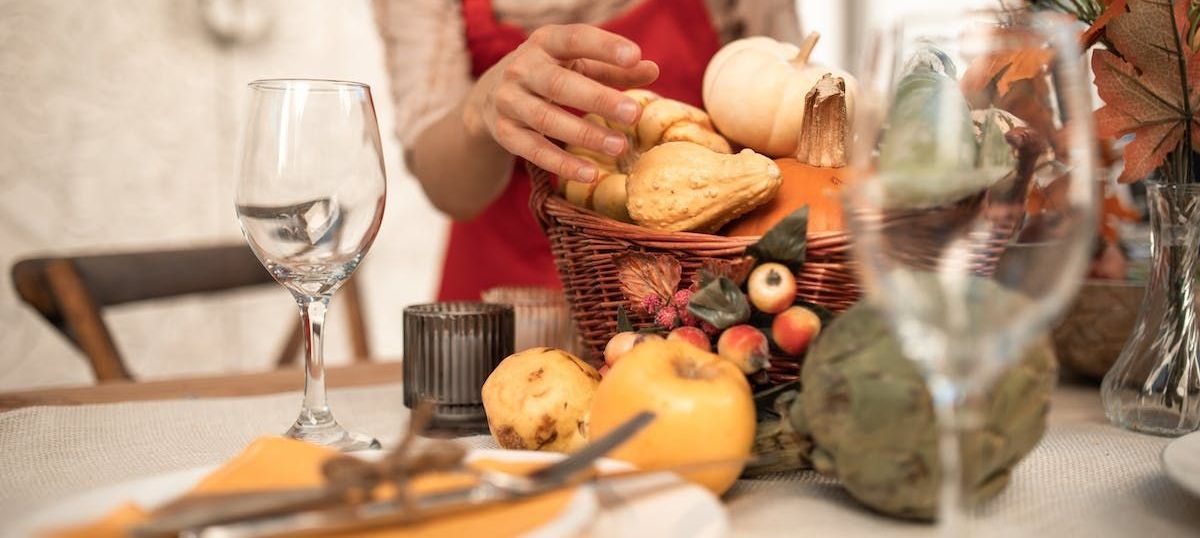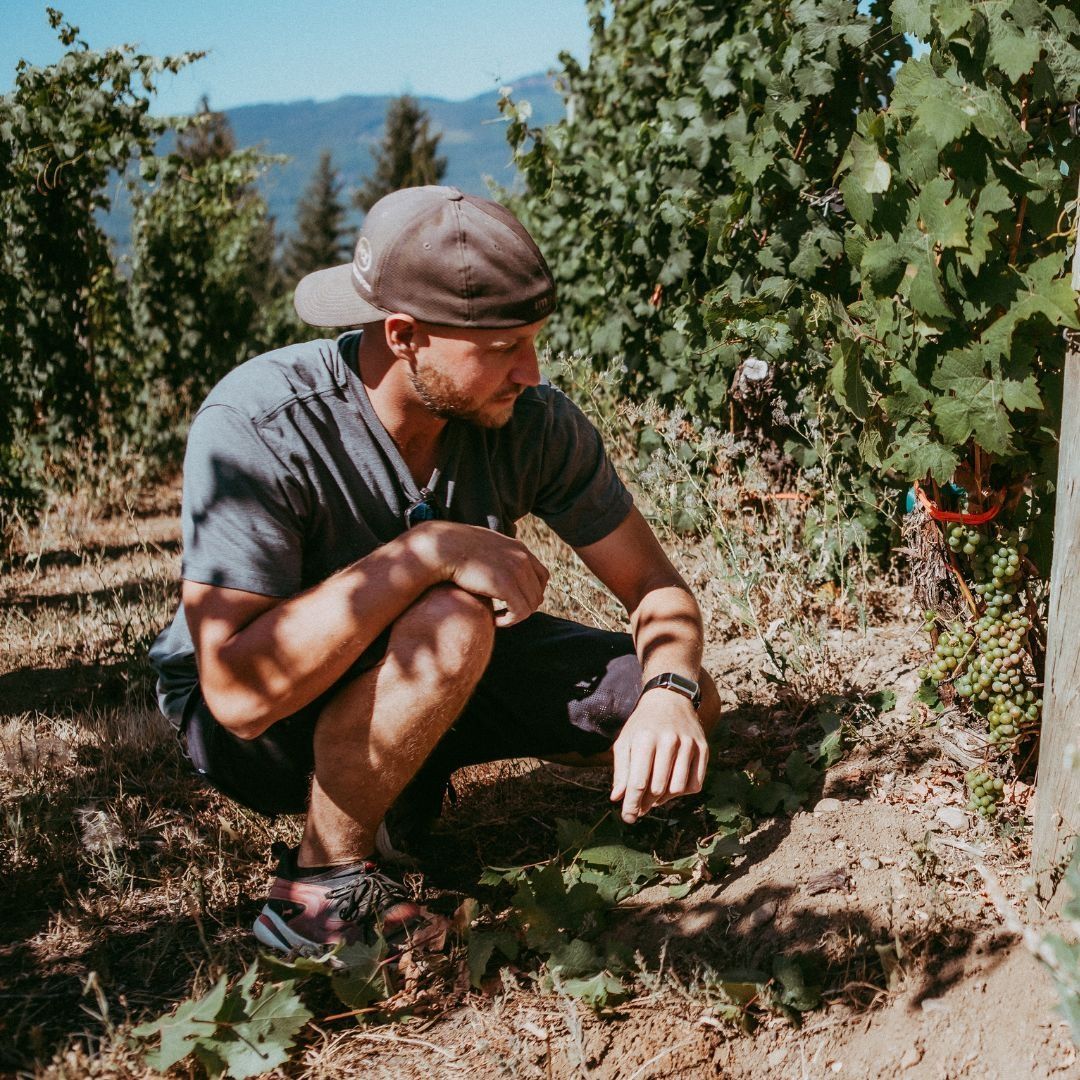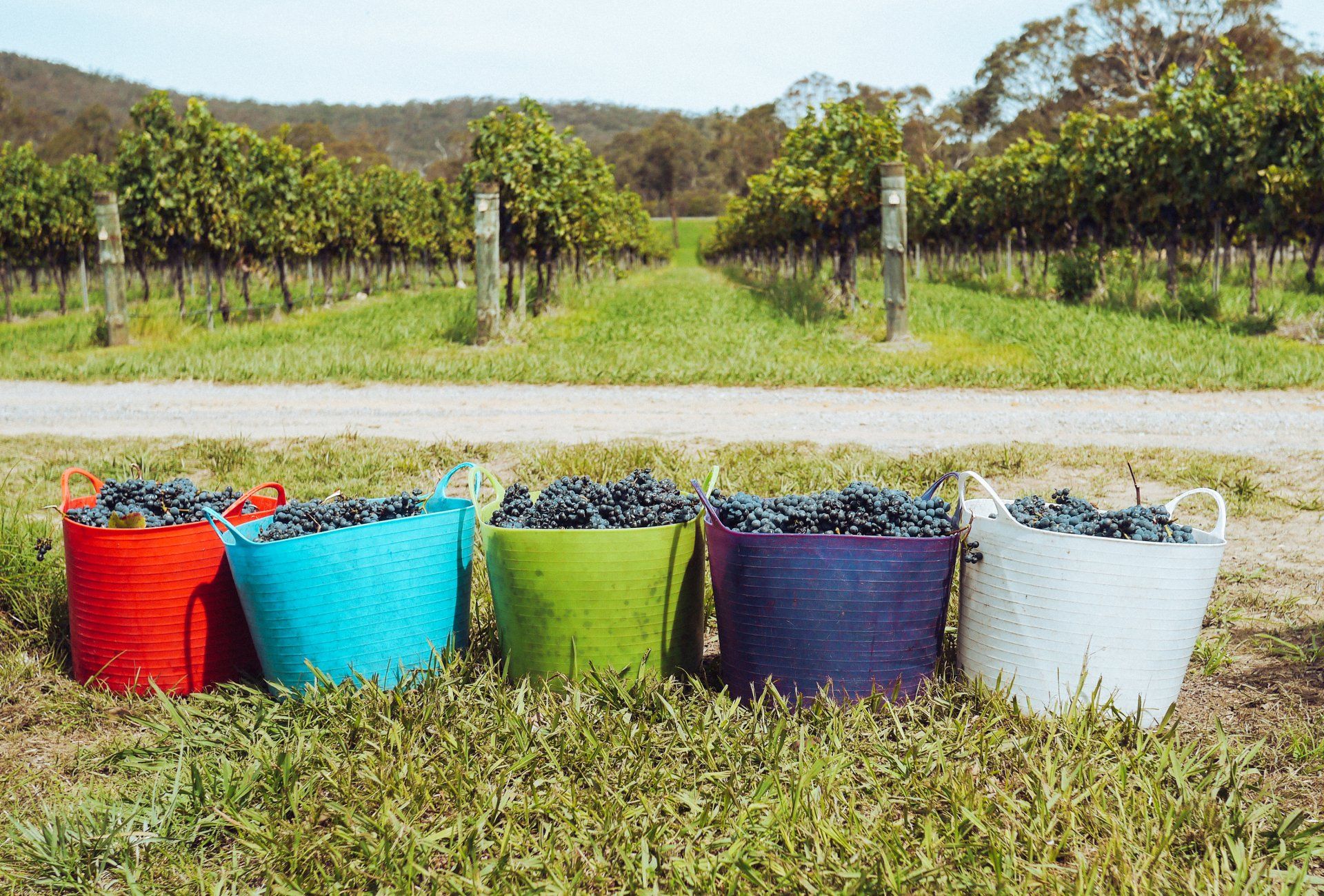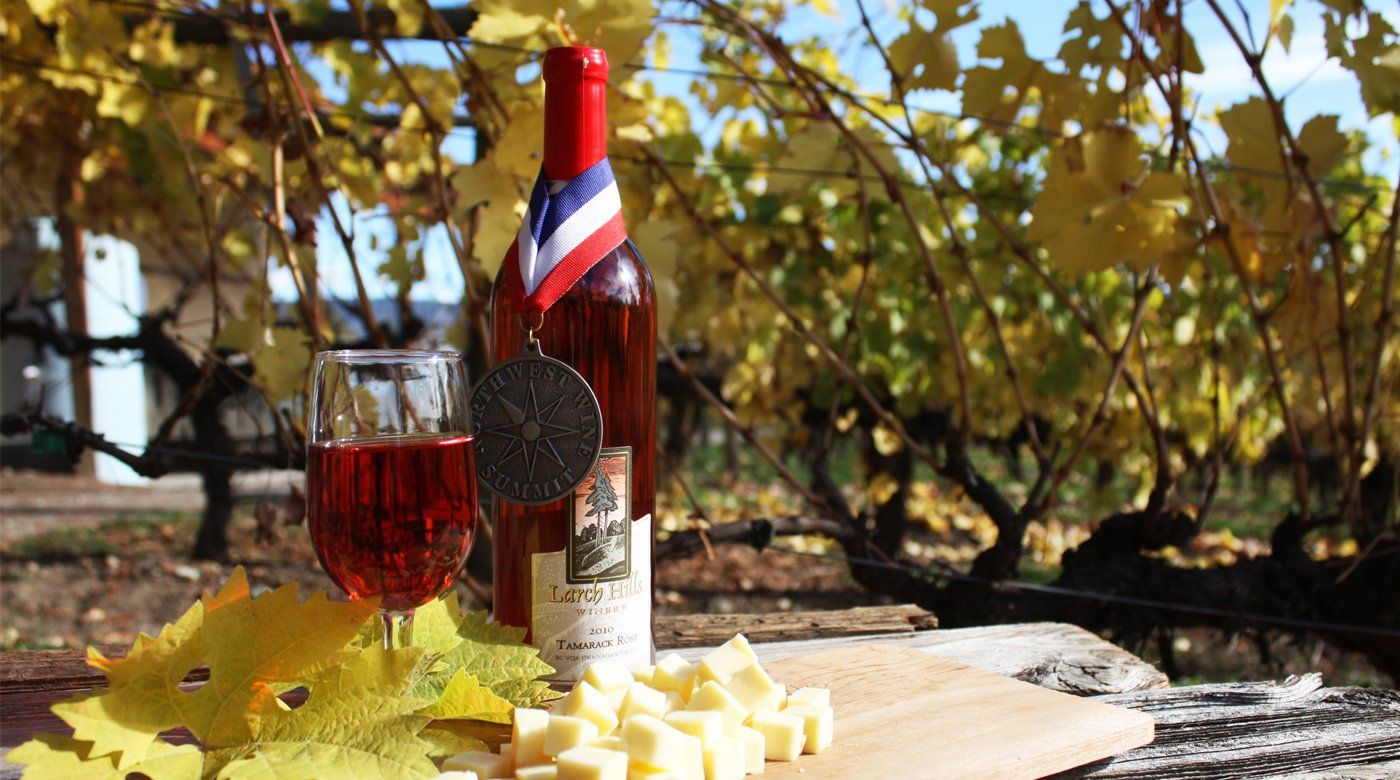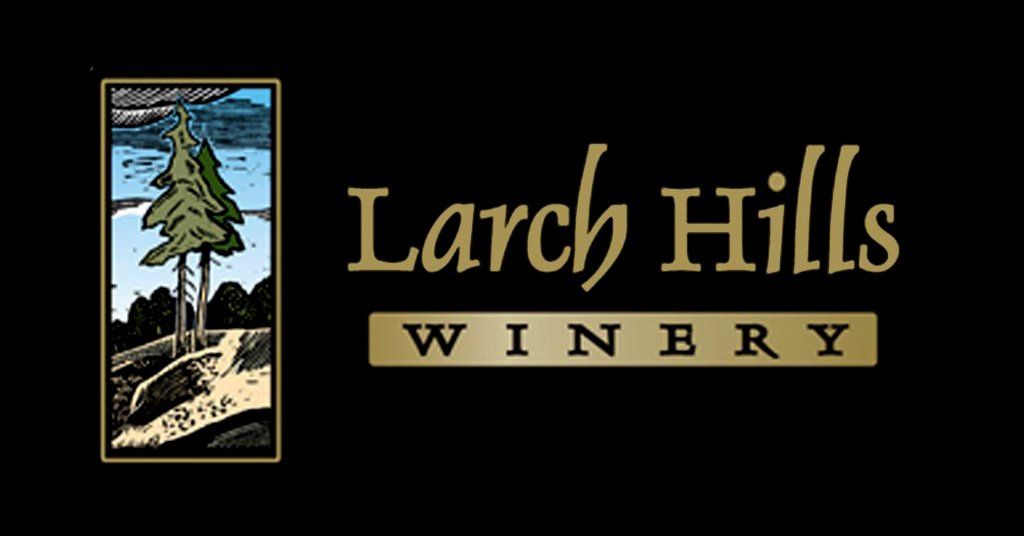From Vine to Glass: The Journey of BC's Malbec Wine
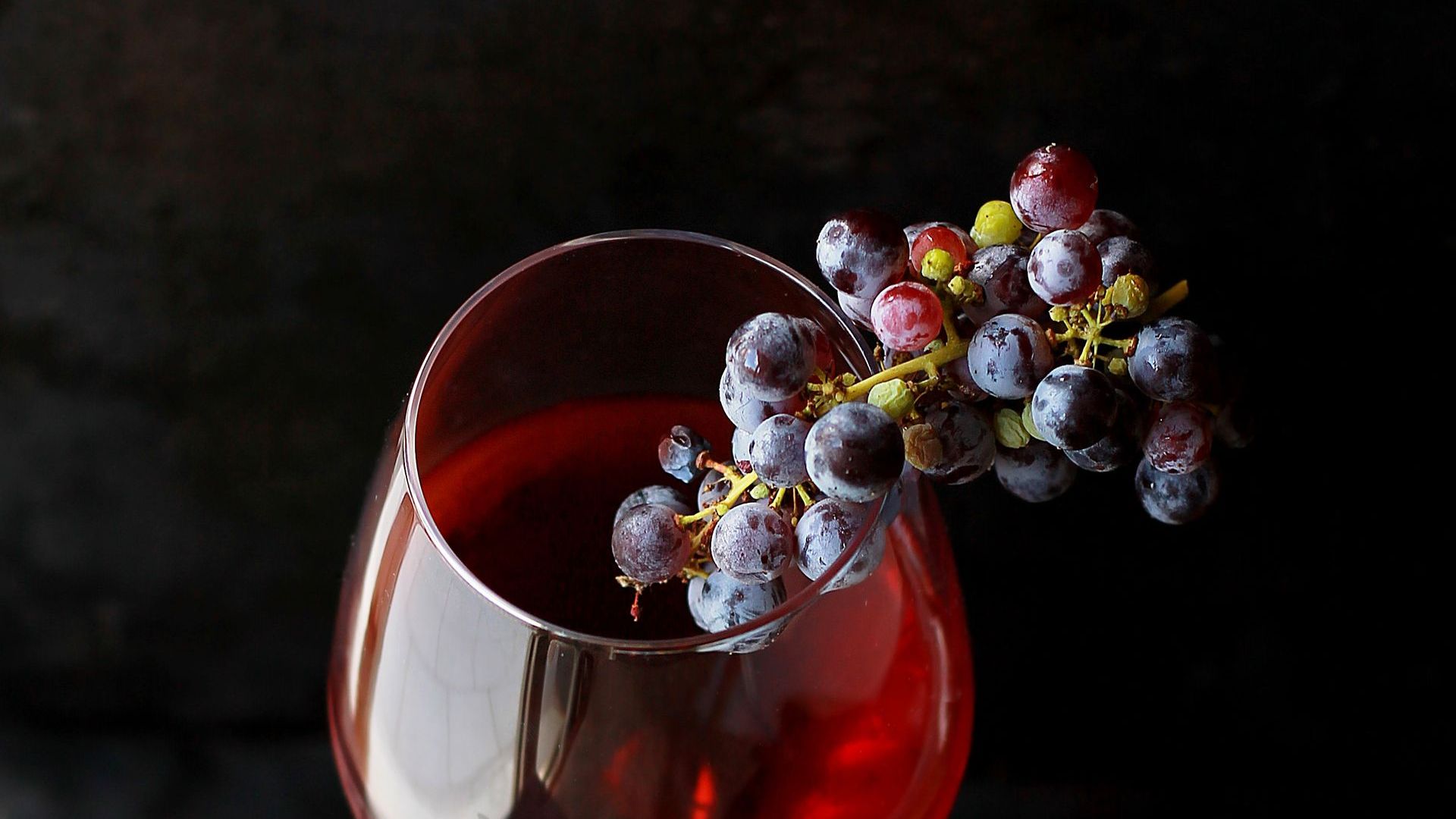
When considering BC’s red wines, we typically think about Cabernet Sauvignon, Merlot, Cabernet Franc, and Syrah grapes rather than lesser-known varieties like Malbec — which is on the rise.
Originating in France, Argentina now grows three-quarters of the world’s Malbec grapes. Since environmental factors play a significant role in the success of their growth, BC has comparable growing qualities to the high-altitude region of Mendoza, Argentina.
In this article, we discuss the journey of BC’s Malbec Wine, including the growing process, harvesting, fermentation, delicious food pairings, and more.
Vineyard and Grape Growing Process
Malbec grapes are small with a deep dark colour and are quite sensitive to environmental hazards, like frost, rot, and pests. They require a long growing season and sufficient heat to ripen to their fullest and become more than just a blending grape. Growing in high altitudes, as in Argentina, gives the grapes the exact conditions to make a superb single-varietal wine.
Another area that’s ideal for producing
Malbec wine is British Columbia, with its environmental elements (terroir), including:
- Soil
- Weather
- Climate
- Sun
- Proximity to a body of water
- The slope of the land
- Altitude
The high-altitude vineyards in BC produce top-quality Malbec grapes for four main reasons:
- Slow fruit maturation leads to more concentrated flavours — warm days and cool nights
- Dry conditions avoid vine rot. BC wine country gets less than 100mm of rain yearly
- Ideal soil mixture for cool weather grapes
- Fertile water from glacier runoff and snow melt
Harvesting and Crushing the Grapes
The grapes must be destemmed and crushed to start the winemaking process. Crushing breaks the grape skins and pulp without cracking the seeds to create grape juice.
The traditional crushing method is called “grape stomping” or “grape-treading” and involves stomping grapes with bare feet. Most winemakers today use machines to destem and crush the grapes, and then the fermentation process begins.
Fermentation and Aging
Fermentation begins when added yeast turns natural sugars into alcohol. For Malbec red wine, reassembly is often necessary — extracting components from the grape skins.
To complete the reassembly, a vintner uses a pump to take the liquid from the bottom of the vat and mixes it with the top layer (usually skins and seeds). This helps extract more flavour and colour from the skins and homogenize and aerate the fermenting grape juice.
At the beginning of the fermentation process, reassembly occurs twice a day but becomes less frequent as fermentation progresses.
Transferring the Malbec into oak barrels takes place at the end of the fermentation process and is a critical step in the final taste and aroma of Malbec wine.
How Do Oak Barrels Help Malbec Wine?
Original winemakers stored, transferred, and sold their wine in wooden barrels purely out of necessity since glass bottles didn’t come about until the 1600s. In modern times, oak barrels are solely a matter of taste and contribute to Malbec wine’s success in three significant ways:
Allows slow introduction of oxygen into the wine, which smoothes out the taste by cutting the acidity and bitterness- Provides an environment where malolactic fermentation (a metabolic reaction) can take place, giving the wine a creamier taste
- Adds robust flavours and aromas such as vanilla, smoke, coconut, and clove
Tasting and Pairing
Malbec doesn’t have a long finish, unlike Cabernet Sauvignon. This makes lean red meats, rustic aromas, and funky tastes the perfect pairings with the flavour characteristics of BC's Malbec wine:
Fruity notes:
Plum, black cherry, blackberry, blueberry, pomegranate, and raisin
Other notes: Milk chocolate, mocha, leather, cocoa, tobacco, black pepper, and molasses
Oak: Dill, coconut, vanilla, chocolate, and mocha
Tannin: Medium
Acid: Medium
Other Malbec wine pairings include:
- Meat: Beef brisket, duck, chicken leg, ostrich, lamb, pork shoulder, and buffalo
- Herbs and spices: Smoky or earthy aromas like thyme, paprika, cumin, rosemary, parsley, juniper berry, vanilla bean, clove, garlic, green onion, shallot, and bbq sauce
- Cheese: Rich and funky soft to semi-firm goat’s milk and cow’s cheeses
- Vegetables: Roasted vegetables, red and green bell peppers, beets, onions, potato, arugula, and kale
The Future of BC's Malbec Wine
Although Malbec grapes have their own unique characteristics and production methods, optimal growing, aging, and storing conditions play a crucial role in the final quality of the wine.
Production methods include everything from site selection and environmental growing factors to extraction, fermentation, and oak maturation to yield flavours and aromas of dark fruits like plums, red and black cherries, chocolate, and more. With medium to firm tannins, Malbec wine pairs well with hearty meals, including your favourite BBQ.
Wines made from Malbec grapes are enjoyed across the globe for their ripe fruit and well-structured and youthful characteristics. The best examples of Malbec wine are typically aged in new oak, though many winemakers are experimenting with gentler extractions to create lighter, more floral styles to sip on.
Shop the best Malbec Wine in Canada now.


